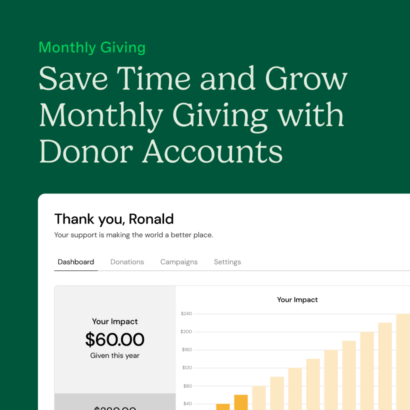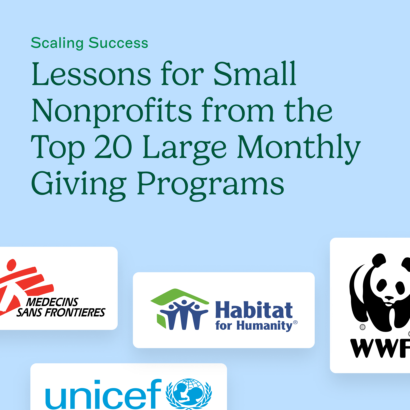The Montclair Fund for Educational Excellence (MFEE) was founded to generate private funding and community support for Montclair Public Schools and to enhance the educational experience of all of Montclair’s public school students in Montclair, New Jersey. This year marked MFEE’s 25th anniversary and to celebrate, they hosted a fundraiser event styled after the Amazing Race to help raise money.
MFEE Executive Director Masiel Rodriquez-Vars tells us a little more about the inspiration behind this fun and unique fundraiser and how the event came together.
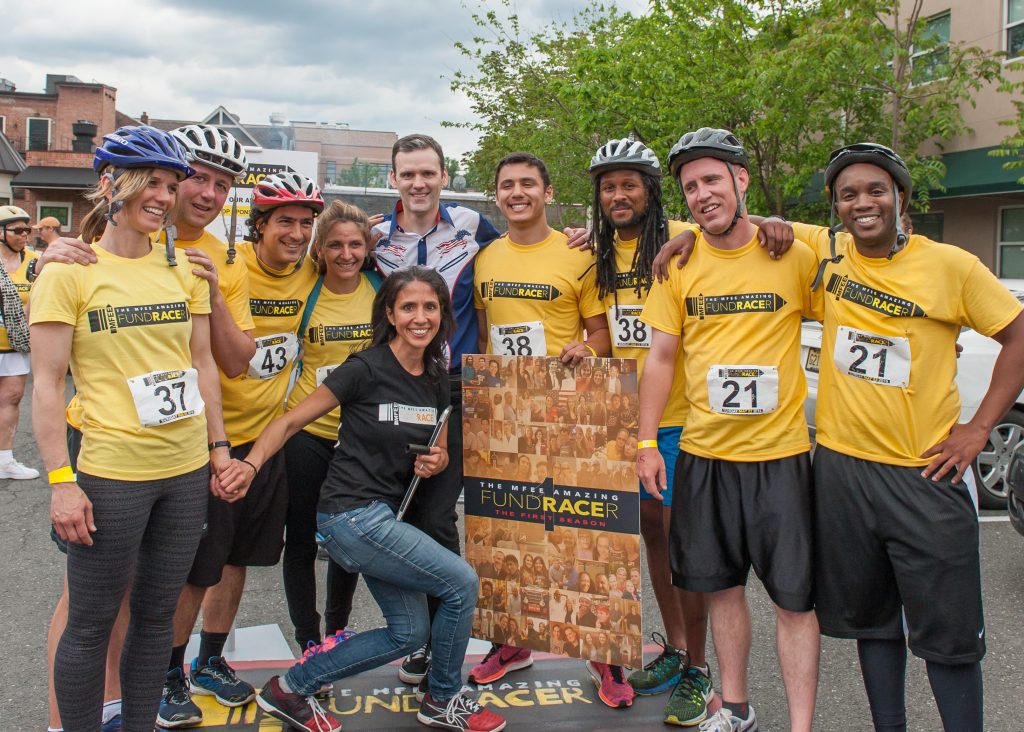
Q: What was the inspiration behind the Amazing Fundracer? Are you a fan of the show The Amazing Race? What are some of the elements you pulled from the show in your own event?
My best friend and I have been obsessed with the show for a few years, and we auditioned a few times. I love how the show reveals how the best part of relationships – teamwork, patience, synergy – can often overcome incredible obstacles and even trump physical strength or deviousness.
As hokey as it sounds, I wanted to create an experience for our community that reminds us that when we harness those same positive elements to support our schools, we can overcome big challenges that we face: school financing, achievement gaps, etc.
While the show taps into a diverse group of audiences, I wanted to tap into a diverse group of stakeholders to strengthen the network of school support. I knew we already had some amazing teams in our community – teacher teams, police and fire deputies, librarians – and I had a hunch that people might be willing to pay to support them/watch them compete in a unique experience.
Lastly, I wanted all involved to have a really fun time.
We borrowed some key elements from the show:
- Teams completed a series of challenges to earn clues that led them to undisclosed locations;
- The 54 teams were eliminated at “pit stops” in four waves, with the final challenge between our top four teams;
- Participants had to learn key components of the show – road-blocks, detours, pit stop etiquette;
- And all of our challenges were inspired by challenges on the real show, including a disgusting food challenge (in our case, live crickets.)
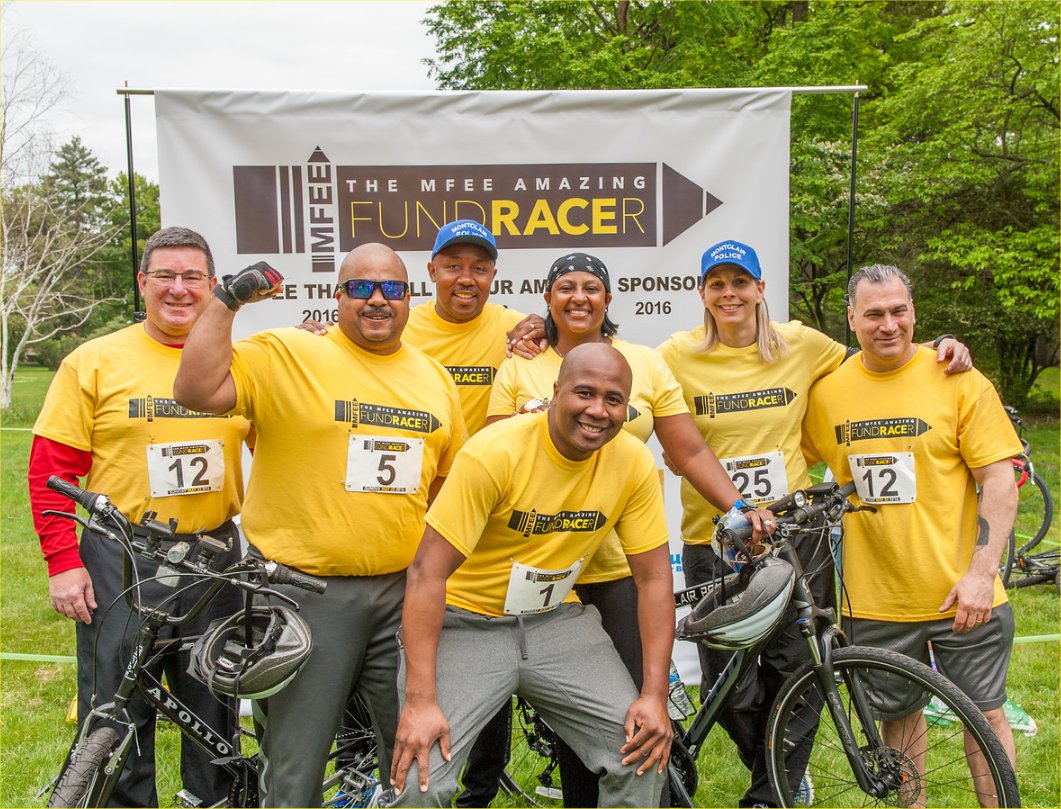
Q: What was your favorite challenge that contestants had to participate in?
This is tough! We spent months developing challenges, devising the course and completing several of the challenges ourselves. It’s hard to pick only one.
The first challenge – “Blind Luck” – might be my favorite because it involved all 108 participants at the exact same time. Each team had to verbally navigate their blindfolded-partner through a roped-off field to find three different-colored balls. The non-blindfolded partner could only shout instructions, not physically guide the blindfolded-member. The sheer volume of noise generated by 54 people screaming instructions at the same time was shocking. It was fascinating – and more than a little amusing – to watch the blindfolded-members develop a wide range of strategies for finding the balls in a sea of other blindfolded-people.
The “So You Think You Can Dance” challenge holds a special place in my heart, because it involved participants learning a traditional Indian dance, and the judge was a 12-year-old, classically-trained dancer in our public schools. Watching some of our burliest contestants don their bindis and repeatedly try to execute this elegant dance reminded me how far our community stakeholders were willing to go to support their schools!
The final challenge between our top four teams – “The Wheelbarrow Challenge” – was probably the best all-around challenge because it tested some of the core elements of the race: teamwork, grace under pressure, and perseverance. Teams had to each build a wheelbarrow from scratch, run 200 yards with each member holding on to a handle, and then (surprise!) throw one partner into the wheelbarrow and push them in it for the final 200 yards to the finish line.
Tensions were high and exhaustion was deep by the time teams hit this leg of the race. Building the wheelbarrow was no easy task, and some teams were more-detailed oriented than others.
In true Amazing Race fashion, the first team that emerged with their wheelbarrow seemed to enjoy a comfortable lead, but as they rounded the final curve, their front wheel came loose and the second-place team steadily rolled by with their sturdily-built wheelbarrow and crossed the finish line first.
The energetic spirit of each participant truly made each challenge special. Their willingness to step out of their comfort zones and fully engage were critical to the success of the entire event.

Q: This is a big, detailed event—how did it all come together?
Months of meticulous planning, a tirelessly-dedicated core of volunteers, and a dynamic, fun-loving group of participants made this event work.
Q: How much money was raised? What were the different opportunities for people to donate, volunteer, sponsor, etc?
We raised about $85,000 from team fundraising and individual/business event sponsorships. We also received several thousand dollars in in-kind donations, which helped keep our expenses low. We had about 100 volunteers involved in some aspect of the event, with a small core group staffing the challenges on race day.

Q: How did online initiatives or peer-to-peer fundraising options play a role in raising funds?
The online peer-to-peer fundraising platform was critical to fundraising for this event. Each team was able to create their own fundraising page, complete with a team picture, short blurb about their team, and their fundraising goals. Teams were able to easily keep track of funds that they had raised and to compare their levels to other teams – the competition began before the race even started!
Teams were able to share links to their pages via emails and via social media.
We also helped “market” the teams by spotlighting them in our general emails to donors, on social media, in online and print media outlets, and in customized emails to targeted audiences. Links to team funding pages were included in all of these communications.
Q: You had so many individuals from the community involved as volunteers and different checkpoints—how were you able to get such great cooperation?
We engaged in heavy recruiting for this event. It was a little difficult at first to recruit volunteers, mostly because people could not quite understand what their role would be or how the event would unfold. It’s not a typical 5k, a gala, or a bake sale. Additionally, we had to keep many of the volunteer roles secret until a few days before race day so that the racers would not learn the challenges/route ahead of time.
Still, many people were intrigued by the uniqueness of the event and as the broad array of racers started joining the fray, interest in getting a front-row view of the action helped us recruit more volunteers.
Additionally, after 25 years MFEE enjoys a strong reputation in the community and that also helped draw out volunteers.
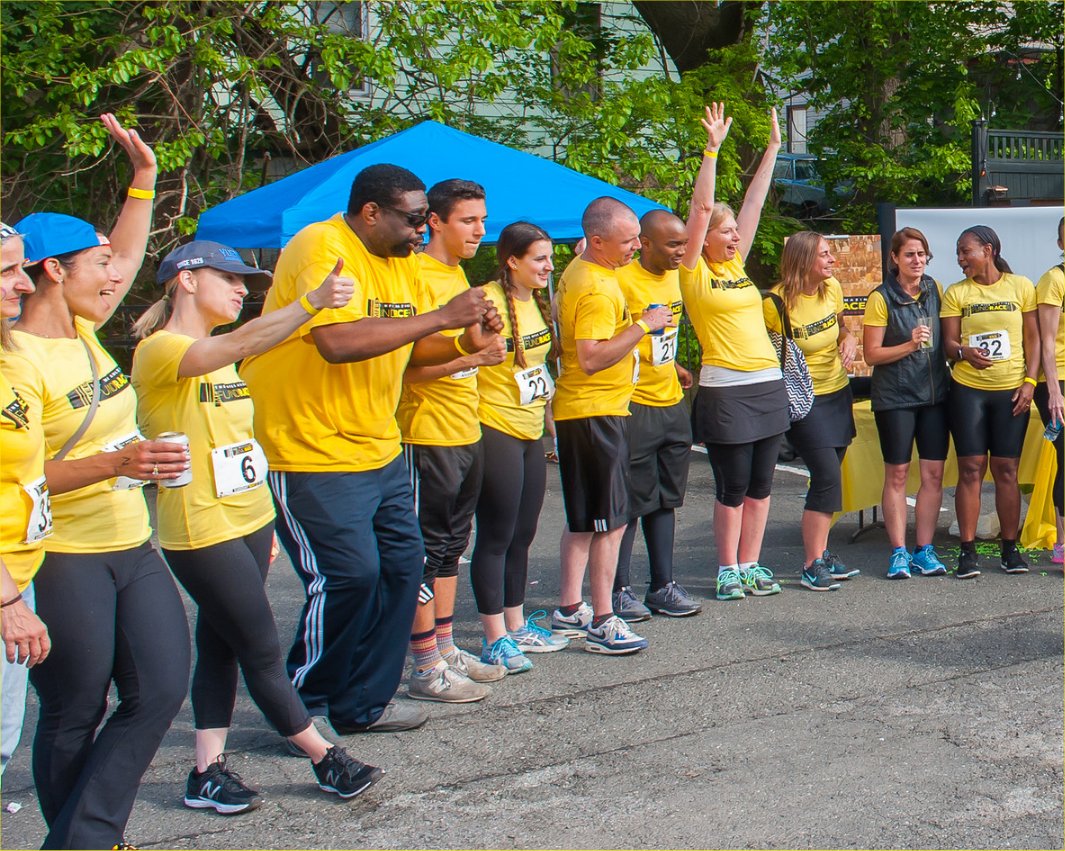
Q: How did you market your event? Were there things you had set in place on your website or other areas that were helpful when it came time to collect funds?
We used a variety of marketing tools: emails to our donors, targeted emails to each of our eleven school communities, articles/ads in local print and online media, posters and banners throughout town, and frequent and varied postings on social media (many from our spunky young interns!).
We dedicated space on our website to explain the event, with separate links for people to either register to race, sponsor a team, sponsor the event, or purchase tickets to the after-party.
Q: Do you think this will be a one-time event or something that will be repeated in your community?
I thought this would be a one-time event, but almost every team asked if they could do it all over again the next day. Additionally, we have had some businesses already ask us if they can be involved next year. The Amazing Fundracer Season 2 is in the works.

